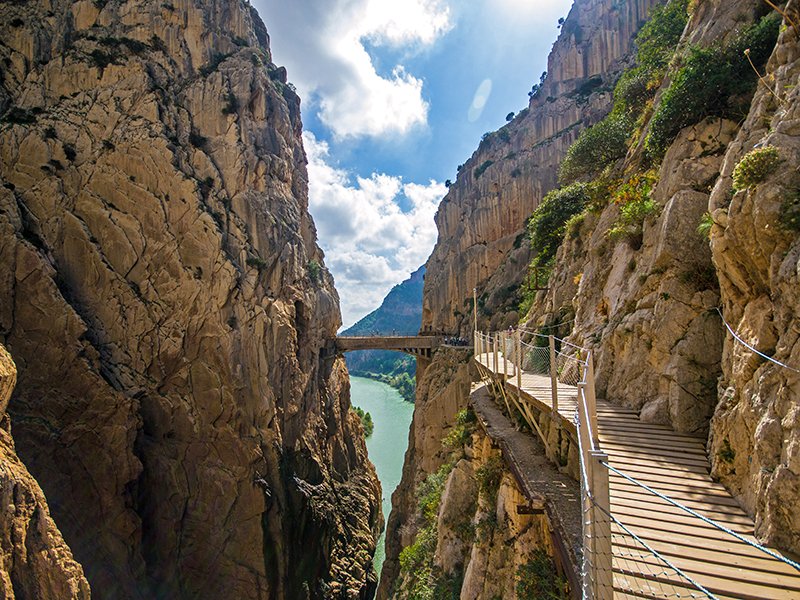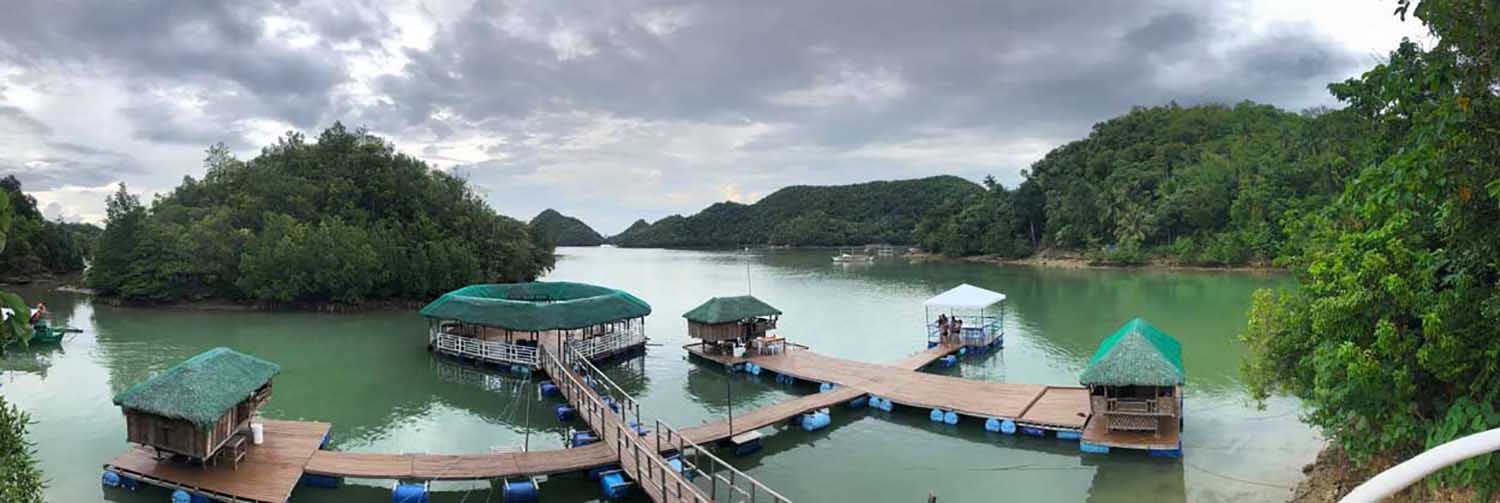[ad_1]
In 2018, nearly 83 million holidaymakers reached the Spanish coast, half of which came from the United Kingdom, Germany and France.
That year, the industry generated 90 billion euros in international revenue. Long-haul markets have also started to flourish as the number of South Korean, Chinese and American travelers increases each year.
What attracts people in droves to Spain is the good weather all year round, the 5,000 km of Atlantic and Mediterranean coastline, ancient history and culture, world famous cuisine and a plethora of people. of idyllic island retreats.
It is a country with a diverse landscape, from mountains to rivers and lush flora to arid desert, so accessing it all requires modes of transport of a similar variety.
Spain by boat
Boat rental is one of the most unforgettable ways to see Spain and its islands. There are magical destinations that simply cannot be reached by other means.
Cala Culip in the Cadaqués region of the Costa Brava is one such place. It is a small cove located in the Cap de Creus, a promontory just 25 km from the French border.
The landscape is rocky with deep blue waters suitable for small to medium sized boats and due to the rugged terrain the only other way to access many of its features is on a strenuous hike. Figueres is the nearest town and is also the birthplace of Salvador Dali.
- La Cala Dels Testos, Alicante
Further south, along Spain’s well-mapped east coast, lies La Cala Dels Testos in Alicante. Protected by the hundred-meter-high Falquà hills on either side – a hot spot for climbers – the charming beach cove is largely unspoiled thanks to its remote and guarded position. Access by land is reserved for canyoning enthusiasts but navigators can drop anchor in the dazzling turquoise sea.
Immediately south of the most vibrant element of the Balearic Islands lies the relative serenity of Formentera, which has become an open secret among regulars in Ibiza. But on the journey between the two, you will probably pass right by Espalmador.
The two pristine square kilometers of low tides, white sand beaches and healing mud baths inland can be visited by appointment only. The island has an interesting history of ownership and is still privately owned today, having been auctioned off in 2018.
Spain by train
Spain’s extensive rail network can take you efficiently to all corners of the country. From north-west Galician to Seville in the south of Andalusia, east to the city of Murcia and its eponymous region then to the Catalan city of Girona.
Perhaps the most environmentally friendly way to travel long distances within the country and with Eurail passes available it can be good for your bank balance as well.
- The Transcantabrique railway line
the Transcantabric is one of the country’s most famous railways, taking you from the pilgrimage town of Santiago de Compostela via Bilbao to the gastronomic mecca of San Sebastian, then inland to its terminus in Leon. There is an option to travel in extreme luxury with private five-star sleeper cabins and matching restaurant carts.
The otherworldly mountain views of the Benedictine Monastery of Montserrat can be reached in around an hour from the Catalan capital, Barcelona. The journey is short but take your time, the views are breathtaking.
Spain by car
Of course, there are some parts of the country where only roads will take you.
- The mountain roads of El Chorro
The winding mountain roads of El Chorro, Malaga, are well documented. The traffic lanes are narrow in places and require some mastery of driving, but you will be well rewarded for your efforts.
The passage will lead you to El Caminito del Rey or the Sentier du Roi, a footbridge carved into the walls and gorges of Gaitanejo. Along the way, you’ll pass the Conde de Guadalhorce Reservoir, a picturesque and serene body of water best visited in spring.
Spain on foot
For the adventurous, Spain also offers fantastic hiking possibilities.
the Worries Trail in northern Spain, about an hour and a half from Santander, offers 12 km of unforgettable mountain hikes. The trail is fascinating and varied with cage sections that cut through the rapid waters below.
In the Picos de Europa National Park, the trail follows the course of the Cares River through the “diving throatsâ€. The main route ends in CaÃn but you can add another 10 km to the route if you want to continue to Posada de Valdeón. The difficulty of the route is only medium, with the first two steep kilometers being the most difficult.
For a more arid but equally impressive environment, the volcanic hikes of the Canary Islands deliver in spades. Las Cañadas del Teide National Park, home to Mount Teide, is home to dozens of marked trails of varying difficulty. The park offers little shelter, so it is essential to cover up and choose cooler times of the day.
Spain conceals a wealth of beauty beyond the hotels and beaches for which it is most famous. And discovering its delicacies will provide unforgettable memories. As with many things in life, travel is often the destination.
[ad_2]




/cloudfront-eu-central-1.images.arcpublishing.com/prisa/XUXTINYVZEOMO5YYOA6UOMGAFE.jpg)
/cloudfront-eu-central-1.images.arcpublishing.com/prisa/KQDOFMIXUJG77DW655OUVKZJKQ.JPG)
/cloudfront-us-east-1.images.arcpublishing.com/gray/EF6WDGLY55BPNOPBGBAQQAXNSM.jpg)
/cloudfront-us-east-2.images.arcpublishing.com/reuters/GUTD6BUP75KR7LLKCZKCQ6UG2M.jpg)



